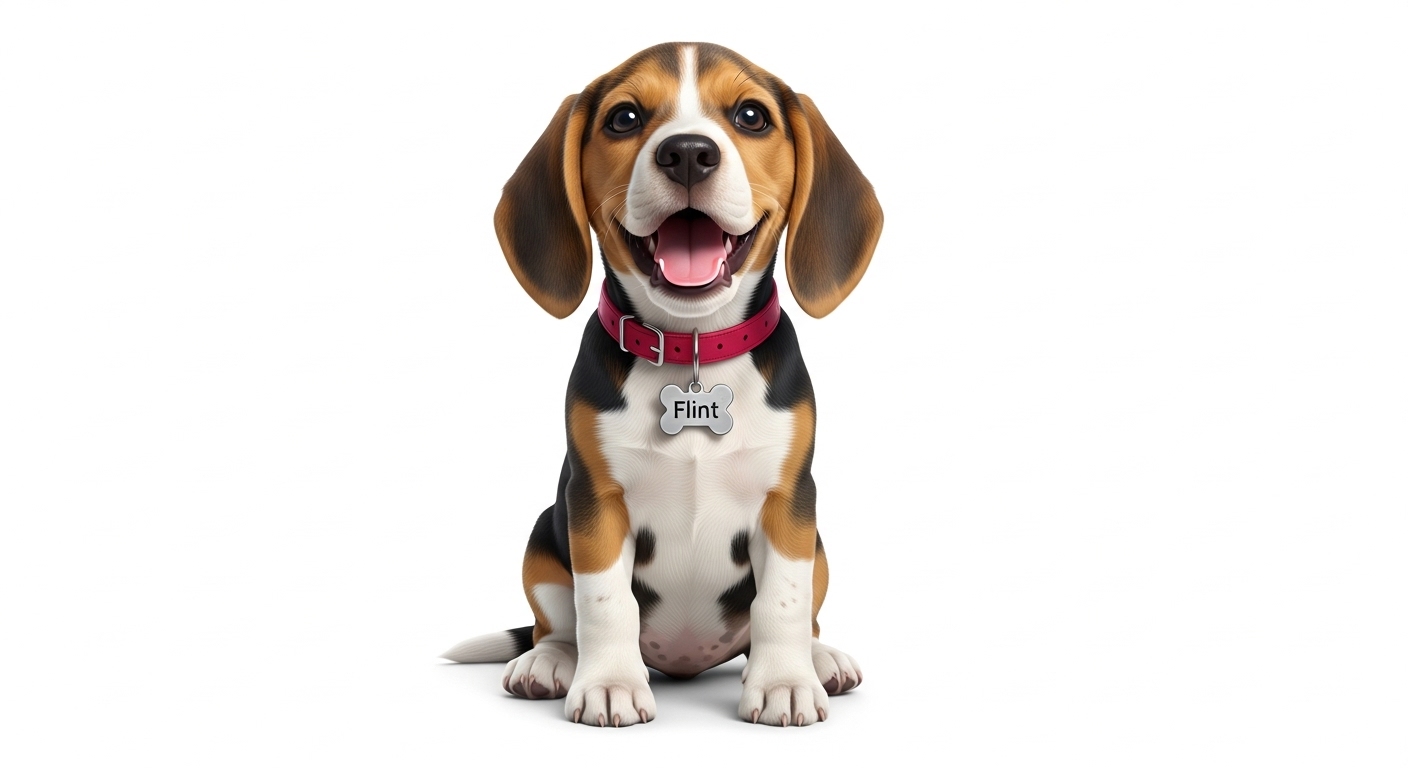Customer Retention Strategies That Actually Work in 2025
Discover proven customer retention strategies that will keep your customers coming back and boost your lifetime value in today's competitive market.

 🐾
🐾Customer Retention Strategies That Actually Work in 2025
In today's hyper-competitive business landscape, acquiring new customers is expensive—often 5-25 times more costly than retaining existing ones. Yet many businesses focus 80% of their marketing budget on acquisition while neglecting the customers they already have. This approach is not just inefficient; it's leaving money on the table.
The truth is, a 5% increase in customer retention can boost profits by 25-95%. In 2025, with rising customer acquisition costs and increased competition, retention isn't just nice to have—it's essential for survival.
Why Customer Retention Matters More Than Ever
The Math of Retention
Let's break down why retention is your most valuable marketing strategy:
- Acquisition Cost: $50-200 per customer (depending on industry)
- Retention Cost: $5-20 per customer
- Loyal Customer Value: 10x higher than new customers
- Referral Potential: 92% of customers trust recommendations from friends
"Focusing on retention transformed our business," says Sarah Chen, founder of BloomBox Subscription. "We increased our customer lifetime value by 300% and reduced our marketing spend by 40% while growing revenue."
The Hidden Costs of Poor Retention
Poor retention doesn't just hurt your bottom line—it creates a vicious cycle:
- High Churn → More marketing spend needed
- Increased CAC → Lower profit margins
- Reduced Margins → Less budget for customer experience
- Poor Experience → Higher churn rates
Proven Retention Strategies for 2025
1. Personalization at Scale
Customers expect personalized experiences, but delivering them manually isn't scalable. AI-powered personalization is the solution.
Implementation Strategy:
- Behavioral Segmentation: Group customers by purchase patterns, browsing behavior, and engagement levels
- Dynamic Content: Show different products, offers, and messaging based on customer preferences
- Predictive Recommendations: Use AI to suggest products customers are likely to want before they know they want them
Real Example: Netflix's recommendation engine saves them $1 billion annually by reducing churn through personalized content suggestions.
2. Proactive Customer Success
Don't wait for customers to have problems—anticipate their needs and reach out proactively.
Key Touchpoints:
- Onboarding: Ensure customers see immediate value within the first 30 days
- Milestone Celebrations: Acknowledge customer achievements and usage milestones
- Renewal Reminders: Start retention conversations 60-90 days before renewal
- Usage Optimization: Help customers get more value from your product
Proactive Success Framework:
- Week 1: Welcome and setup assistance
- Week 2: Feature discovery and best practices
- Month 1: Success milestone celebration
- Month 2: Advanced feature introduction
- Month 3: Renewal preparation
3. Gamification and Loyalty Programs
Humans are naturally competitive and reward-driven. Gamification taps into these instincts to increase engagement and retention.
Effective Gamification Elements:
- Points Systems: Reward customers for desired behaviors
- Achievement Badges: Create status and recognition
- Progress Bars: Show advancement toward goals
- Leaderboards: Foster healthy competition
- Exclusive Rewards: Offer unique benefits for loyal customers
Loyalty Program Best Practices:
- Make rewards attainable but valuable
- Offer multiple ways to earn points
- Provide immediate gratification
- Create exclusive experiences
- Use tier systems to encourage progression
4. Exceptional Customer Service
In 2025, customer service isn't just about solving problems—it's about creating memorable experiences that build loyalty.
Service Excellence Principles:
- Speed: Respond within 2 hours, resolve within 24 hours
- Empathy: Train agents to understand and validate customer emotions
- Proactivity: Anticipate issues and reach out before customers do
- Consistency: Deliver the same high-quality experience across all channels
- Follow-up: Check in after resolution to ensure satisfaction
Multi-Channel Support:
- Live chat for immediate assistance
- Email for detailed inquiries
- Phone for complex issues
- Social media for public engagement
- Self-service options for common questions
5. Community Building
Customers who feel part of a community are more likely to stay loyal. Build spaces where your customers can connect with each other and your brand.
Community Building Strategies:
- Online Forums: Create spaces for customer discussions and support
- User Groups: Organize local or virtual meetups
- Content Creation: Encourage customers to share experiences and tips
- Exclusive Events: Host webinars, workshops, and networking events
- Recognition Programs: Highlight and reward community contributors
6. Data-Driven Retention
Use analytics to identify at-risk customers and intervene before they churn.
Key Metrics to Track:
- Engagement Score: How actively customers use your product
- Usage Frequency: How often customers interact with your service
- Feature Adoption: Which features customers are using
- Support Interactions: Frequency and nature of support requests
- Payment History: On-time payments and upgrade patterns
Early Warning Signs:
- Decreased login frequency
- Reduced feature usage
- Increased support tickets
- Payment delays
- Negative feedback
Implementing Your Retention Strategy
Phase 1: Assessment and Planning (Weeks 1-2)
- Audit Current Retention: Calculate your current retention rates and identify pain points
- Customer Segmentation: Group customers by value, behavior, and risk level
- Goal Setting: Define specific retention targets and timelines
- Resource Allocation: Determine budget and team resources needed
Phase 2: Quick Wins (Weeks 3-6)
- Improve Onboarding: Streamline the first customer experience
- Enhance Support: Reduce response times and improve resolution rates
- Personalize Communications: Use customer data to tailor messaging
- Implement Basic Loyalty: Start with simple rewards and recognition
Phase 3: Advanced Implementation (Weeks 7-12)
- Launch Gamification: Implement points, badges, and leaderboards
- Build Community: Create spaces for customer interaction
- Advanced Analytics: Deploy predictive churn modeling
- Proactive Success: Implement automated check-ins and milestone celebrations
Phase 4: Optimization (Ongoing)
- A/B Testing: Continuously test and improve retention tactics
- Feedback Loops: Regularly survey customers and act on feedback
- Performance Monitoring: Track retention metrics and adjust strategies
- Innovation: Stay ahead of customer expectations and competitor moves
Measuring Retention Success
Key Performance Indicators
Track these metrics to measure your retention strategy effectiveness:
- Customer Retention Rate: Percentage of customers who remain active
- Churn Rate: Percentage of customers who leave
- Customer Lifetime Value: Total revenue from a customer over time
- Net Promoter Score: Likelihood of customers recommending your business
- Repeat Purchase Rate: Percentage of customers who make additional purchases
- Engagement Score: How actively customers use your product or service
Setting Benchmarks
Industry benchmarks vary, but here are general targets:
- SaaS: 90%+ annual retention for enterprise, 70%+ for SMB
- E-commerce: 30-40% repeat purchase rate
- Subscription Services: 85%+ monthly retention
- Professional Services: 80%+ annual retention
Common Retention Mistakes to Avoid
1. Focusing Only on Price
While discounts can boost short-term retention, they're not sustainable. Focus on value creation instead.
2. Ignoring Customer Feedback
Customer feedback is your retention roadmap. Listen actively and act on insights.
3. Treating All Customers the Same
High-value customers deserve different treatment than low-value ones. Segment and personalize accordingly.
4. Neglecting the Customer Journey
Retention starts with the first interaction. Optimize every touchpoint in the customer journey.
5. Setting and Forgetting
Retention strategies require ongoing optimization. Regularly review and update your approach.
The Future of Customer Retention
As we look ahead, retention strategies will become even more sophisticated:
- AI-Powered Personalization: Hyper-personalized experiences based on real-time behavior
- Predictive Retention: Identifying at-risk customers before they show signs of churning
- Emotional Intelligence: Understanding and responding to customer emotions
- Omnichannel Consistency: Seamless experiences across all touchpoints
- Sustainability Focus: Aligning with customer values around environmental and social responsibility
Conclusion
Customer retention isn't just a nice-to-have—it's the foundation of sustainable business growth. In 2025, the companies that thrive will be those that prioritize customer relationships over customer acquisition.
The strategies outlined here provide a comprehensive framework for building a retention-focused business. Start with the quick wins, build toward advanced implementations, and continuously optimize based on data and feedback.
Remember, retention is a marathon, not a sprint. The relationships you build today will drive your business growth for years to come.
Ready to transform your customer retention? Start by calculating your current retention rate and identifying one area where you can make immediate improvements. Small changes compound into significant results over time.
This guide is part of our ongoing series on customer success and business growth. Stay tuned for more insights on building lasting customer relationships.
 🐾
🐾